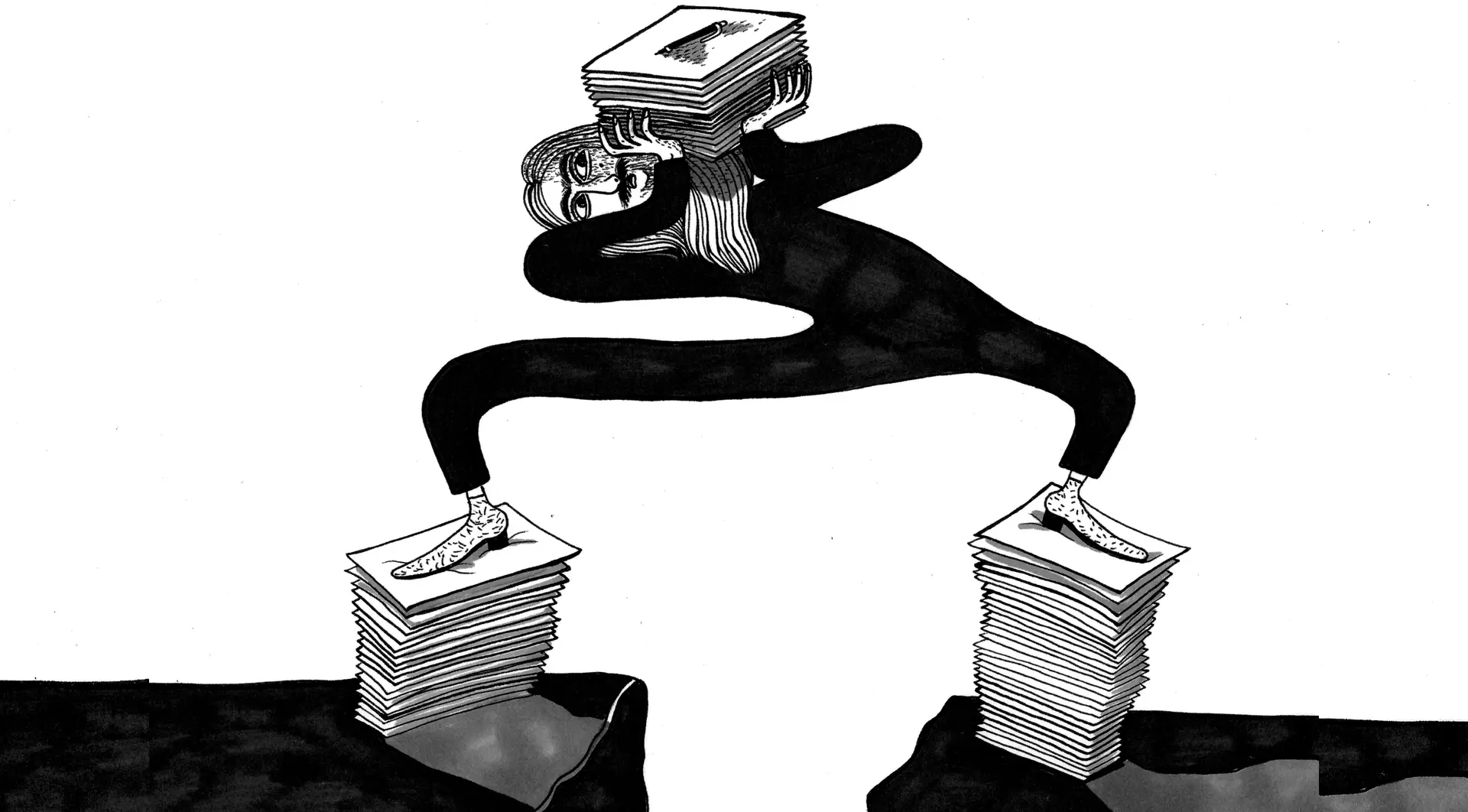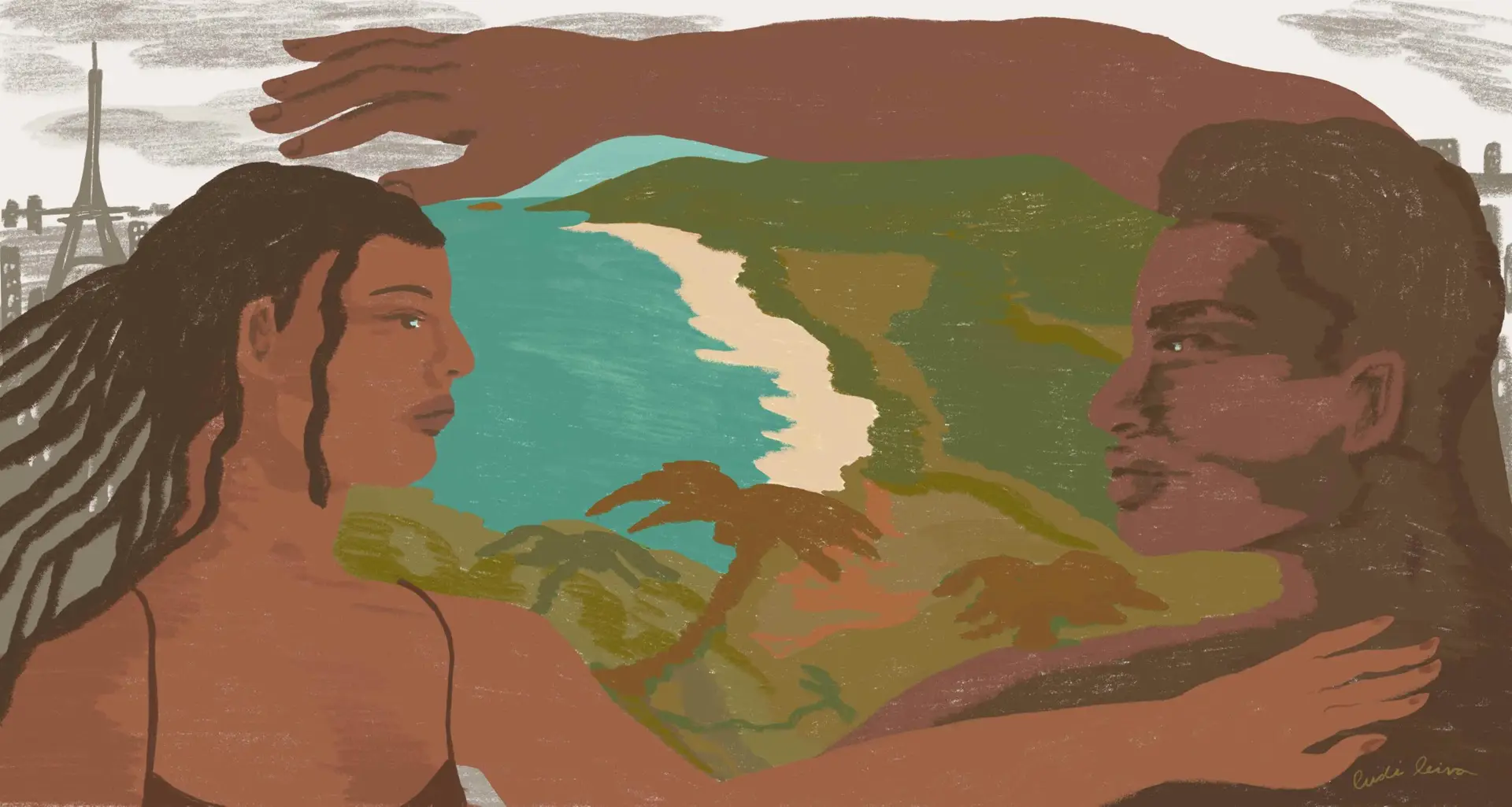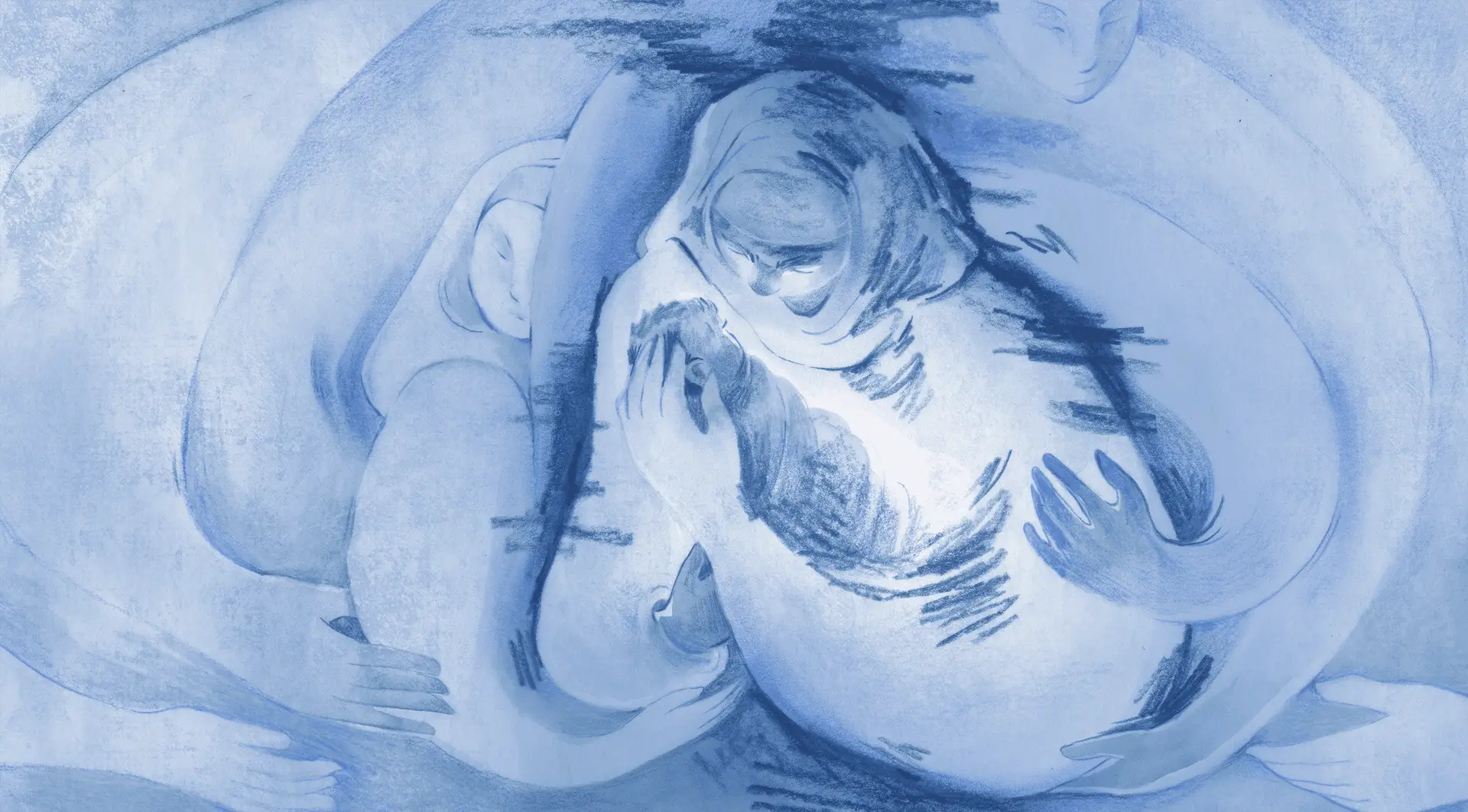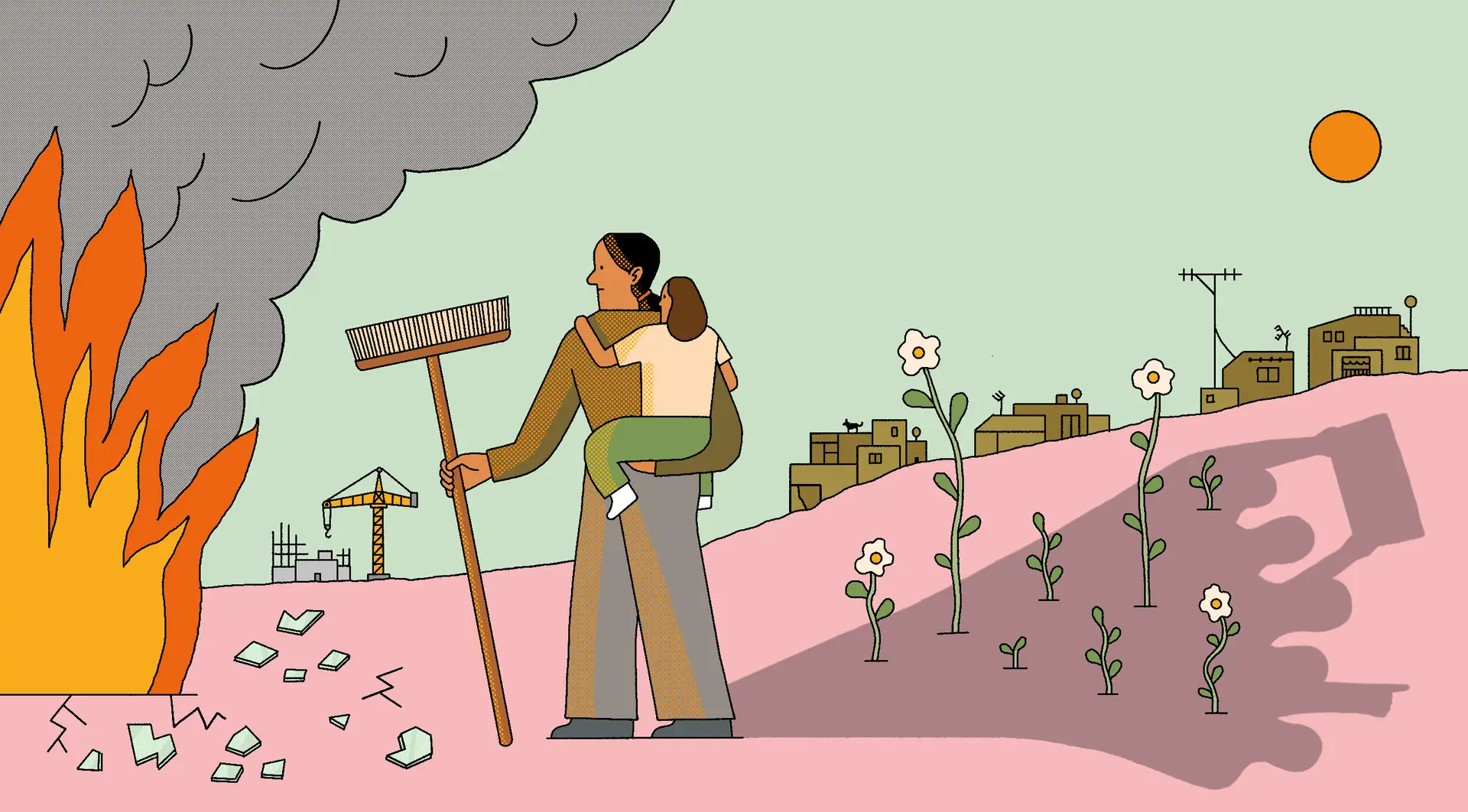
COP comes to the Amazon: Is Belém ‘ready’ for the gringo’s gaze?
This year’s COP, the UN’s 30th global climate summit, is hosted by Belém. The Brazilian media has become obsessed with Belém’s poverty and underdevelopment – shortcomings that weren’t deemed newsworthy until the urban Amazon became a focus of the world’s attention. But what does it mean to be prepared? For whom?





